The Cricket Leather Balls
Introduction
Delve into the captivating world of cricket with “The Cricket Leather Balls.” A quintessential emblem of the sport, these meticulously crafted spheres embody tradition and innovation. Comprising a cork and tightly bound leather core, they epitomize the delicate equilibrium between power and finesse in the game. With a legacy spanning centuries, these leather-bound marvels have witnessed legendary matches and showcased the prowess of cricket’s finest. From the subtle seam movement to the resounding crack of the bat, these balls encapsulate the heartbeats of countless matches, making them an iconic symbol of the sport’s dynamic spirit and enduring charm.
Lather Ball
A cricket ball is a hard, solid ball used to play cricket. A cricket ball consists of a cork core wound with string then a leather cover stitched on, and manufacture is regulated by cricket law at first-class level.
Weight
A new ball considered for use in a men’s cricket match must weigh at least 5 1/2 ounces or 155.9 grams. The weight of the ball must not exceed 5 3/4 ounces or 163 grams. The circumference of the ball must be at least 8 13/16 inches or 22.4 centimetres. the weight of ball is 5.75 ounces/163 g/0.163kg, and shall measure not less than 8.81 in/22.4 cm, nor more than 9 in/22.9 cm in circumference
Cricket Leather Ball for T20 ODI Test
Brand KNK, Material Pure Leather, Color Test for Red and Red
KD Leather Ball in 3 Quality ODI 50 Overs and Test matches 50-60 overs and T20 matches 40 Overs.
Hand stitched for using genuine tanned leather.
You know that A cricket Leather ball is a hard, solid ball used to play cricket. A cricket ball consists of a cork core wound with string, then a leather cover stitched on
- Core:The ball’s core is typically cork, providing the initial shape and weight. The cork core is layered with tightly wound string, usually made of a special type of twine, to create the ball’s core structure.
- Cover:The outer layer of the cricket ball is made from leather. Traditionally, red or white leather is used, with red being the standard colour for Test matches and white for limited-over formats. The leather is carefully selected for its durability, consistency, and grip, as these factors play a significant role in the ball’s performance.
- Stitching:The cricket ball features six rows of stitching, dividing the ball into two hemispheres. The stitching is crucial, as it not only holds the leather cover in place but also affects the ball’s swing, seam movement, and bounce on the pitch.
- Polishing:The leather cover is polished to enhance its shine and maintain its condition throughout a match. Polishing is critical as it contributes to the ball’s aerodynamics and influences its movement through the air.
Process of the Cricket Leather Balls
Crafting a cricket leather ball is a meticulous and labour-intensive process that requires skilled artisans and modern technology. While the process may vary slightly among manufacturers, the general steps remain consistent:
Cork Core Formation
A cork and twine core is created by compressing cork granules and winding twine around it. This forms the dense centre of the The Cricket Leather Balls.
Applying the Leather
The leather cover is cut into four identical panels that will be stitched together. These panels are shaped and dyed according to the desired colour.
Stitching
The four leather panels are stitched together using a special type of waxed thread. The six rows of stitching form the characteristic seam lines and provide the structural integrity of the ball.
Polishing and Finishing
The ball’s surface is polished using various substances to create a shine and a smooth texture. This polishing process also conditions the leather, allowing it to react better with atmospheric conditions during play.
Quality Control
Each ball undergoes rigorous quality control checks to ensure its weight, size, seam alignment, and overall construction meet the stipulated standards set by cricketing authorities.
Role in the Game
The cricket leather ball is more than just a piece of equipment; it is an integral part of the sport’s dynamics. Its composition and design contribute to a wide range of skills and strategies employed by players. Here are a few ways in which the leather ball influences the game:
- Bowling Variations:Bowlers utilize the ball’s seam and shine to generate movement in the air and off the pitch. The orientation of the seam can influence the ball’s swing, while the shine on one side affects its swing and deviation.
- Batsmen Challenges:Batsmen face the challenge of facing different ball conditions as the game progresses. The ball’s deterioration can lead to changes in its behaviour, affecting a batter’s ability to judge its movement and pace.
- Fielding Prowess:Fielders must be prepared for unexpected bounces, swings, and deviations that the leather ball can produce. Their agility and catching skills are tested, especially when the ball is hit with power or unconventional angles.
- Spin and Bounce:Spin bowlers use the ball’s seam and surface to impart spin, deceiving batters with the trajectory and bounce. The ball’s natural wear and tear can also create unpredictable bounce, adding another layer of complexity to the game.
- Weather and Conditions:The leather ball’s sensitivity to weather conditions—humidity, temperature, and atmospheric pressure—can result in significant changes in its behaviour, influencing a captain’s decision on bowling or batting first.

The Cricket leather ball testament
The cricket leather ball is a testament to the game’s heritage, evolution, and the craftsmanship that defines it. It is a medium through which players exhibit their skills, strategists formulate game plans, and fans experience the thrills of cricket. From the ancient days of leather-stuffed balls to modern standardized designs, the leather ball has remained a constant companion on cricket fields across the globe. As we celebrate the artistry and precision that goes into crafting the cricket leather ball, we acknowledge its vital role in shaping the ebb and flow of the sport. It is more than just a prop; it reflects cricket’s history, challenges, and triumphs—an enduring symbol of the gentleman’s game that continues to capture hearts and minds worldwide.




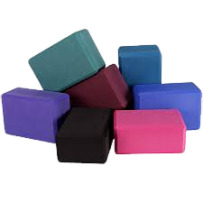



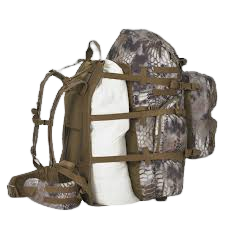




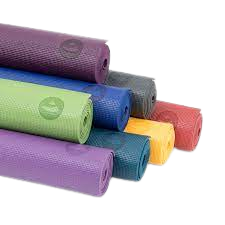
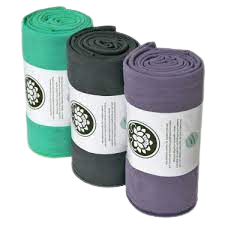
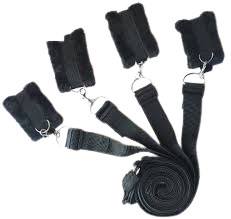











Is there a computer program that will automatically start other programs?
Yes, computer programs that are used to automate the process of starting other programs. This is usually done by programming to create a series of instructions that launch specific programs. Some common methods and tools for automating the launch of programs are:
Batch files (Windows): On Windows you can create batch files with a .bat extension that contain a list of commands to execute. You can use batch files to launch multiple programs sequentially or simultaneously. For example, you can create a batch file that starts a web browser and an email client.
Shell scripts: On Unix-like operating systems, you can use shell scripts to automate the startup of programs. A shell script can contain commands to launch various applications.
Task Scheduler: Windows has a built-in task scheduler that allows you to schedule programs to automatically start at specific times or events. You can use this tool to launch applications based on system startup, user login, or other triggers.
Cron Jobs: On Unix-like systems, you can use corn jobs to schedule the automatic execution of commands or scripts at specified intervals. It can be used to start programs at specific times or on a regular schedule.
Automation tools: Automation tools such as Auto Hotkey (Windows), Automat or (mac OS) and Auto It (Windows) provide scripting and automation capabilities to control and launch programs based on various conditions or user-defined rules.
Programming languages: You can write custom scripts or programs to automate the launch of programs in programming languages such as Python, Ruby, or Power Shell. These scripts can provide more advanced logic and flexibility.
Third-party automation software: There are third-party automation tools like Zapier, IFTTT, and Tasker (for Android) that can help you create automated workflows that include launching applications based on specific triggers or conditions.